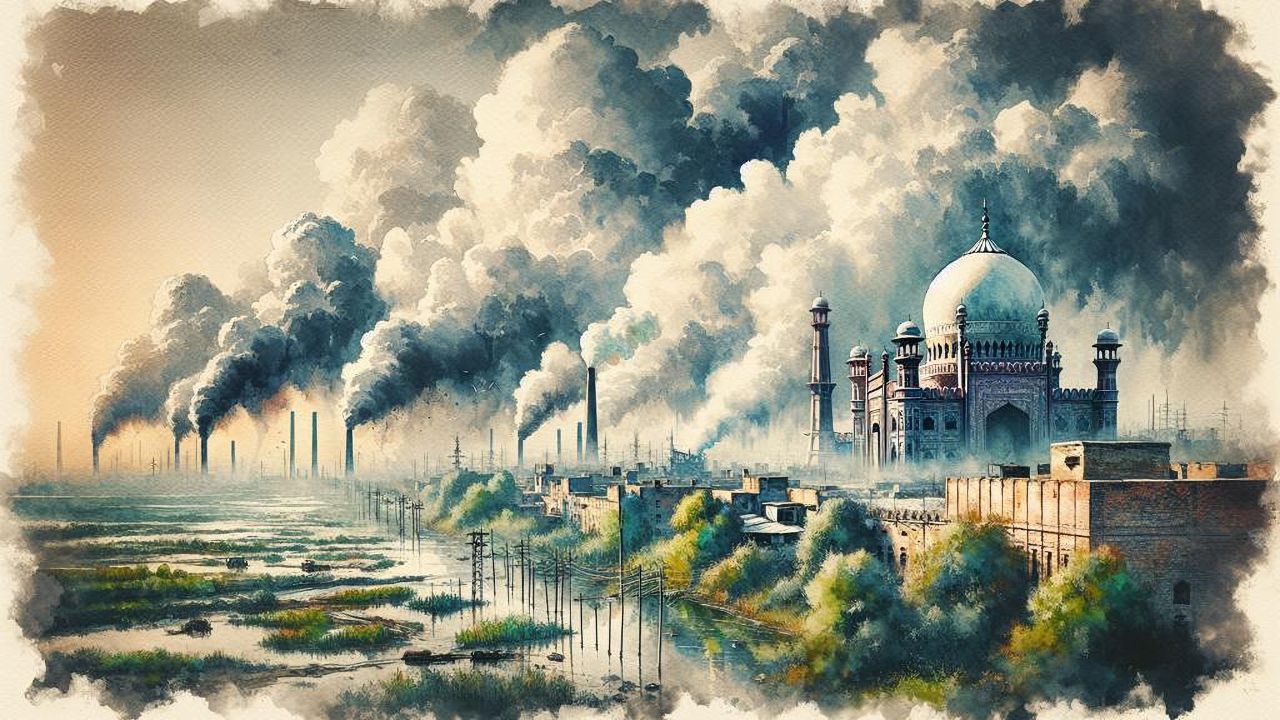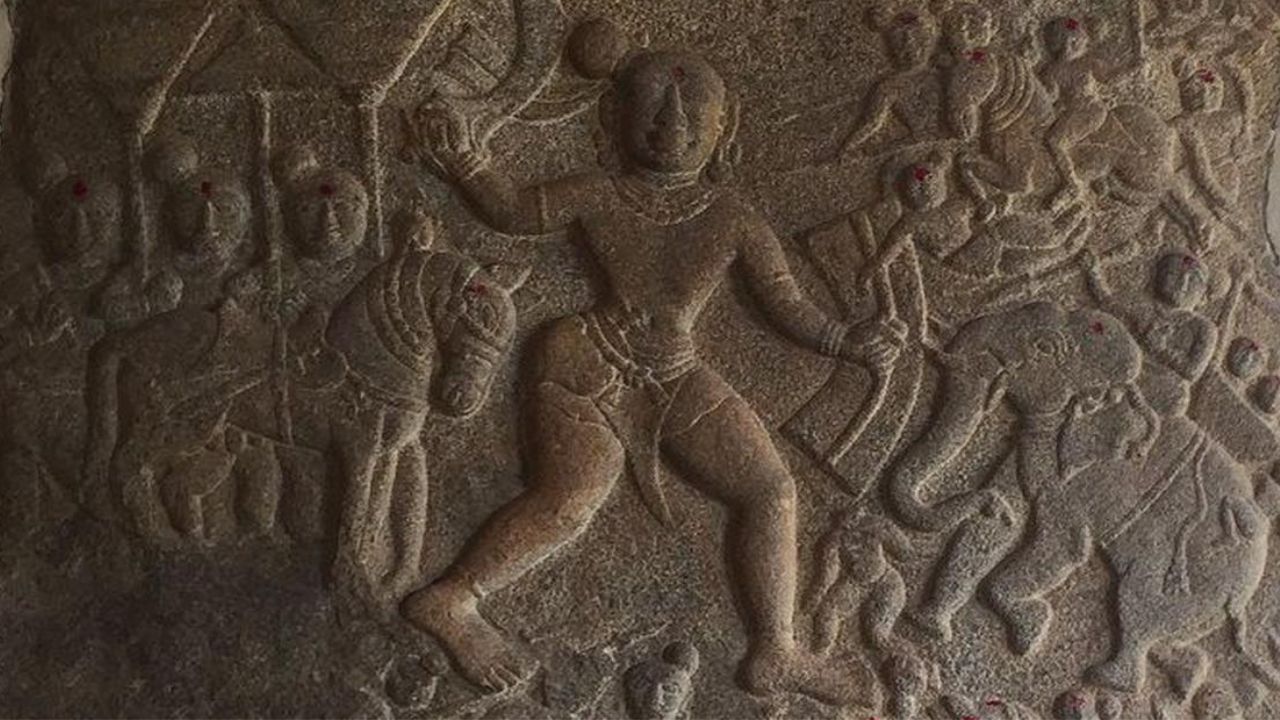
Indian Origin
Read More
Sanity Break #1
No one can keep a Bengali politician down—and certainly not Trinamool MLA Madan Mitra, best known for his, umm, innovative musical endeavours. He has now unleashed the ungrammatically titled “India Wanna’ve her Betiyaa” on hapless Indians. Yes, it’s every bit as hilarious as it sounds.

Headlines that matter
Check out this edition for the most important stories from around the world today!

Sanity Break #2
The winners of the Ocean Photographer award for 2021 are every bit as stunning as you’d expect. Our favourite: This stunning close up of a calamari squid.

I recommend
Writer, producer, storyteller Nikhil Taneja recommends wholesome TV shows for your soul.

Feel Good Place
Need an immediate pick-me-up? We have you covered! From hilarious animal clips to stuff that’ll make you go “lol why?!”, we have all you need to keep you sane on even your worst hair day.






